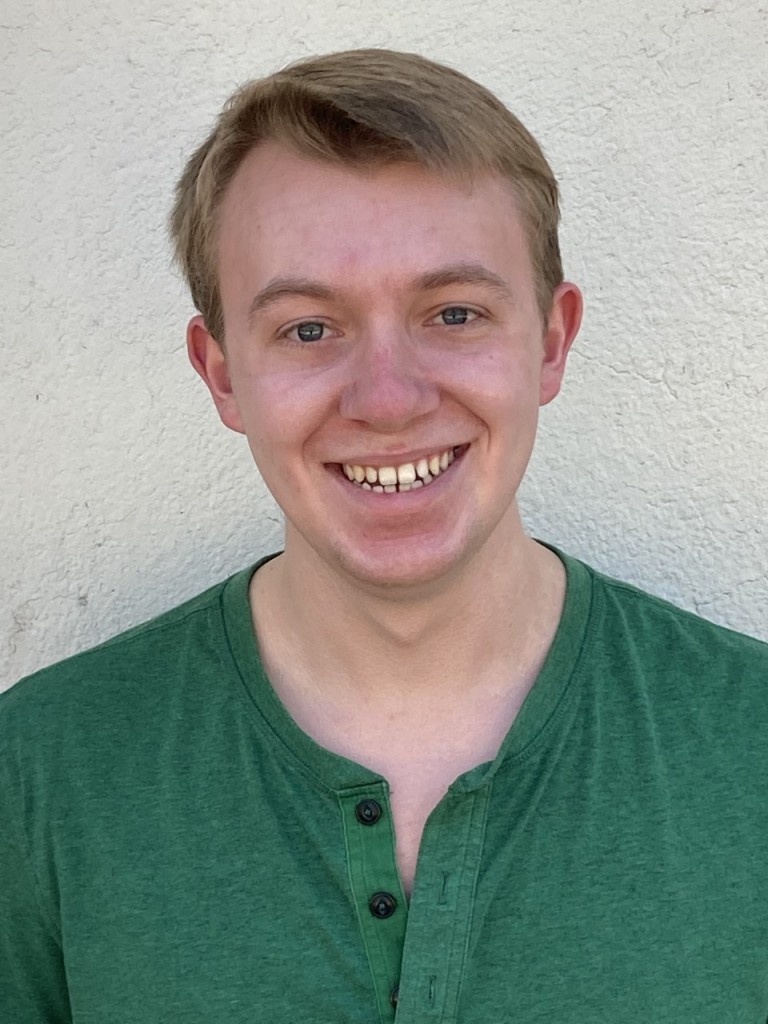Jennings Collins, Writing Consultant
In our Writing Center, appointments last up to 50 minutes. This week’s blog post discusses the reasons for this time limit and how time impacts writing sessions!
Often during a writing center session, a writer will ask me how much time we have left. Sometimes this happens twenty minutes into a session, sometimes it happens forty-eight minutes into a session. While we try to do our due diligence in our scheduling process to give writers as much information as possible on how a session will go, some of that preparation before a session begins can get lost as a writer and their tutor get deeper into their conversation. Rarely, though, have I had someone ask me why our sessions are fifty minutes long.
Now, not every writing center session here takes up the full fifty minute time slot set aside for it, but many do. Often a fifty minute session comprises of introductions, questioning, reading, editing, and a final conversation about plans for continuing writing after the session is complete. Often the reading and editing fluctuates the most depending on the length of the individual piece, but you can just as easily get a fifty minute session out of a resume or cover letter as you can from a dissertation chapter or dense scientific report. It just depends on what the writer wants to focus on. But that still doesn’t answer our question, why fifty minutes? Why not thirty, forty or sixty?
Looking at it through simple logistics some things become clear. We’re a university-affiliated center. Most classes start or end at or near the top of an hour, so it’s easiest for people to be able to set aside a specific hour of the day for a session. That same logic can be applied to our own daily labor, as it becomes easier to keep track of a day’s work by looking at it all an hour at a time. And generally, we think it’s better to have longer sessions available to be more flexible in our methods and practices, more time for a session keeps writers and tutors from feeling rushed while working together. But is fifty minutes an ideal amount of time for a writing center session?
There’s not a lot of writing about the ideal length for a writing center session (I’m working on a larger piece looking to explore that idea myself), but it is one of the few things about the profession that I would consider rigid. As repetitive as some days can be, the flexible nature of the writing center session can often provide surprising conversations with student writers. The context of the location and student needs guided us toward fifty minutes as an ideal time for student writers to work with.
Our community writing centers see a bit of a different approach to time. This semester I started work at one of our community outreach locations: the Western Branch of the Louisville Free Public Library. While there I help students anywhere from first to twelfth grade with their writing, but we are only there for three hours a week. So, how do we make the best use of time we would normally set aside for three typical writing center sessions when any number of students could need help during that time frame? After some discussion among the team, we decided that it would be best to not limit any individual writers’ time with us. We would act more like teachers managing a classroom, something I already have experience doing, either floating throughout the space or creating a section of it where students could ask us questions about anything at any time, whether something needs a simple fix or a complex analysis.
Taking this more freeform approach to session length has its benefits and drawbacks. For one, the fifty minute limit on a writing center session is often made more efficient by the steps we take before a session begins. Writers fill out a form on WConline that gives us a lot of information about what they’re looking for from their session, which is helpful with the fixed amount of time we are given. We won’t have this kind of briefing with younger students at the library, a population whose needs can fluctuate much more often than a writer we might see more than once with the same project. So we need to spend more time building trust with students the same way you would build rapport in a classroom. Learning names, articulating who we are and what we do, and encouraging students to open up to us about their work and their concerns are all foundational parts of the conversation that take up the limited time we have in the library next week. Ironically, analyzing the nuances of this new setting has reinforced the notion for me that we’re doing the right thing with the fifty minute session for our university center.
The conclusion I’m currently arriving at is that we make the time work for us, not the other way around. The time we set aside for a session is something that needs to be decided on with all other environmental factors in mind. As writing centers design pedagogical approaches for university and/or community settings, it’s the job of the administration and the team to figure out what kind of time frame works best for the ideal session.

